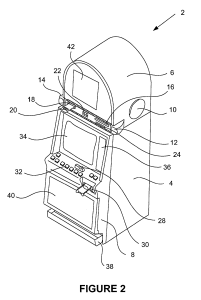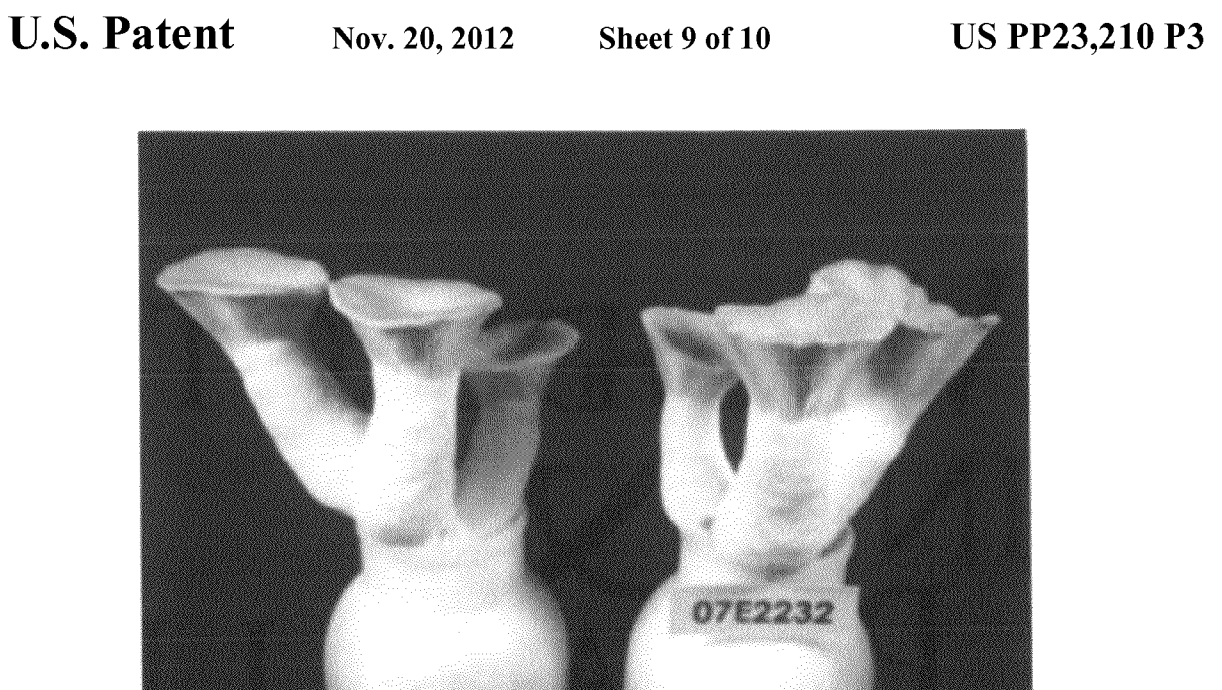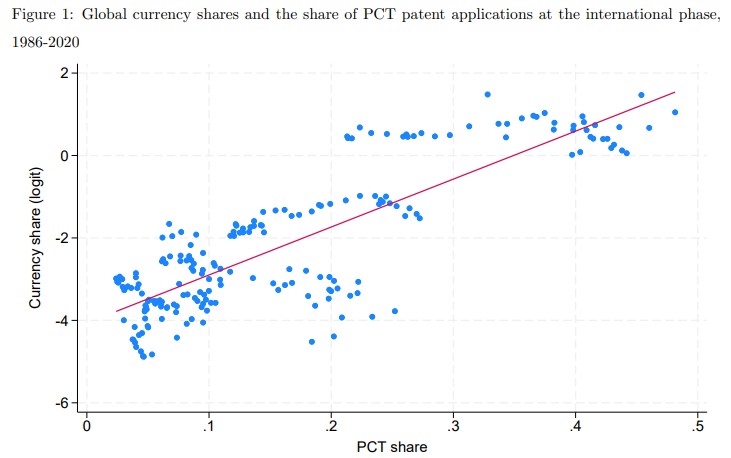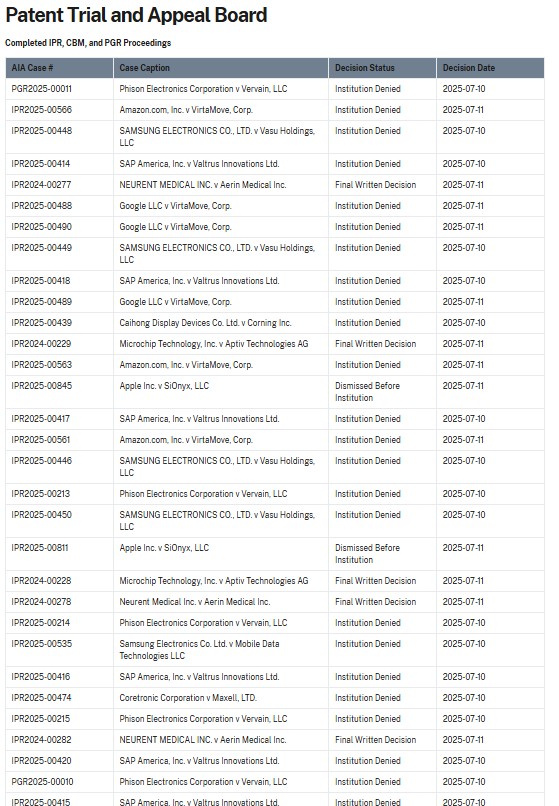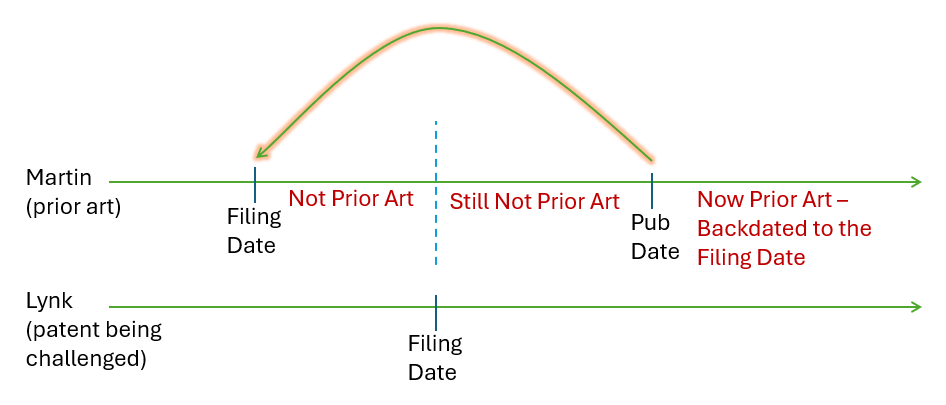by Dennis Crouch
Before digging into this en banc petition, I just wanted to note that patent eligibility issues have been almost shockingly quiet over the past six months. But, to me it feels something like a powder keg waiting to explode. While Acting Director Stewart has been incredibly active on other fronts since taking the helm in January 2025, she has remained notably silent on Section 101 reform initiatives. I believe there is some likelihood that this will change once John Squires is confirmed by the U.S. Senate -- given that he has already signaled support for patent eligibility reform measures like the Patent Eligibility Restoration Act (PERA).
Back to the case: In Longitude Licensing Ltd. v. Google LLC, No. 2024-1202 (Fed. Cir. Apr. 30, 2025), the Federal Circuit affirmed a N.D. Cal. dismissal of infringement claims under 35 U.S.C. § 101, holding Longitude’s asserted image processing patents were directed toward digital image processing. Longitude’s patents (U.S. Patents Nos. 7,668,365, 8,355,574, 7,454,056, and 7,945,109) cover methods of identifying a primary object within an image and adjusting image characteristics based on the object’s properties. The panel, consisting of Judges Lourie, Dyk, and Chen, determined that representative Claim 32 of the ’365 patent recited only generic, functional limitations without adequately describing how these limitations achieved the purported technological improvements.
32. An image processing method comprising:
determining the main object image data corresponding to the main object characterizing the image;
acquiring the properties of the determined main object image data;
acquiring correction conditions corresponding to the properties that have been acquired; and
adjusting the picture quality of the main object image data using the acquired correction conditions;
wherein each of the operations of the image processing method is executed by an integrated circuit.
Longitude has now petitioned the Federal Circuit for rehearing en banc, asserting that the panel improperly isolated the claim language from the specification and ignored evidence that the claimed methods improved computer functionality itself. The en banc petition frames the question presented as whether courts may determine patent eligibility under § 101 by analyzing claim language alone, divorced from supporting specification evidence, particularly where the specification describes specific technological improvements. The Federal Circuit has shown some interest in the case - requesting responsive briefing from Google, which is due in Mid-July 2025. [Longitude Licensing En Banc Petition].
